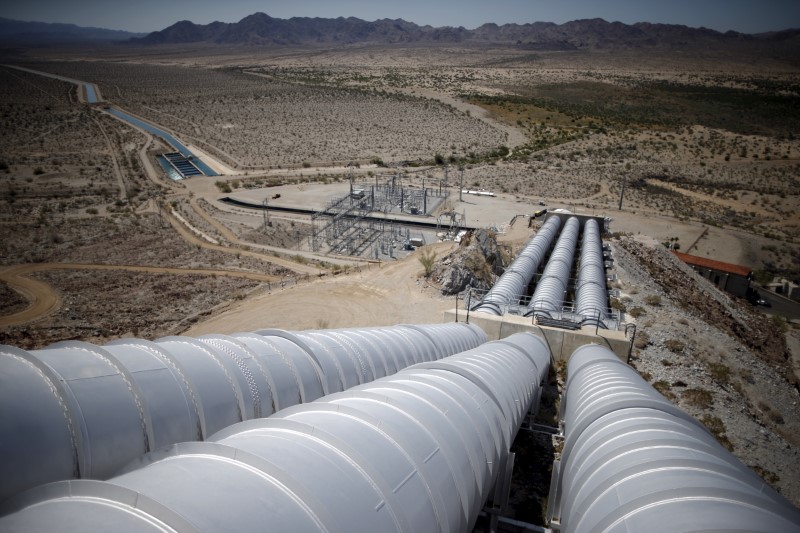By Shariq Khan
BENGALURU (Reuters) -Oil prices fell 3% on Thursday as more shipping companies said they were ready to transit the Red Sea route, easing concerns about supply disruptions as Middle Eastern tensions stay elevated.
The more active futures for March delivery settled down $2.39, or 3%, at $77.15. Brent futures for February delivery, which expired after settlement, fell 1.3% to $78.39 a barrel.
U.S. West Texas Intermediate crude futures fell by $2.34, or 3.2%, to $71.77 a barrel. On Wednesday, oil prices dropped nearly 2% as major shipping firms began returning to the Red Sea.
Denmark’s Maersk will route almost all container vessels sailing between Asia and Europe through the Suez Canal from now, and divert only a handful around Africa, a Reuters breakdown of the group’s schedule showed on Thursday.
France’s CMA CGM is also increasing the number of vessels travelling through the Suez Canal, it said earlier in the week.
“The perception is that the Red Sea route is reopening and will bring supply to market weeks faster,” Price Futures Group analyst Phil Flynn said.
Major shipping companies stopped using Red Sea routes and the Suez Canal earlier this month after Yemen’s Houthi militant group began targeting vessels.
The U.S. Energy Information Administration reported a much larger-than-expected draw in {{8849|U.S. crcrude oil inventories last week, which limited price declines for awhile.
Later, prices fell further, likely as traders focused on a bulk of the draw coming from the U.S. Gulf Coast region, where refiners are scrambling to clear inventories to avoid high taxes on storage at the end of the year, UBS analyst Giovanni Staunovo said.
U.S. crude stockpiles fell by 7.1 million barrels in the week ended Dec. 22, EIA data showed, while analysts polled by Reuters had expected a draw of 2.7 million barrels. Crude oil stocks at the U.S. Gulf Coast fell by 11.03 million barrels, the biggest decline since Aug, the data showed. [EIA/S]
Investors expect interest rate cuts in Europe and the U.S. in 2024, which could boost oil demand.
Read the full article here


